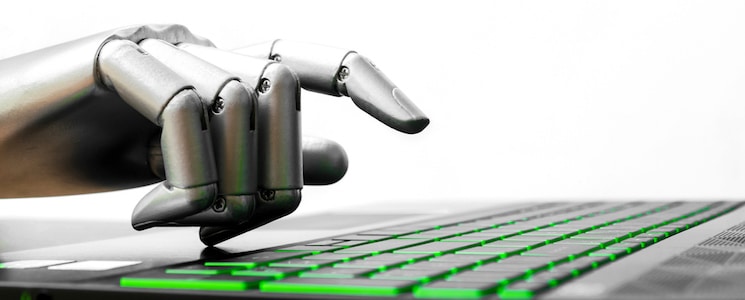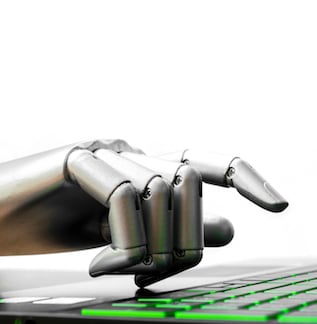
A recent Frost & Sullivan paper, The Future of Automation: A Primer by Karthik Sundaram, zeroed in on how trends such as artificial intelligence (AI), edge computing and augmented reality (AR) are influencing automation. The author explained how automation and digitization of the shop floor are front and center in the disruption of traditional manufacturing business models. From design to engineering and deployment to operations, the shop floor is being reimagined. The next series of blogs will examine AI, AR and edge in turn.
Let’s Begin with AI
Human-centered engineering models are labor intensive and require constant verification, rework and re-keying. Parts go missing, elements fall through the cracks and delays become the norm. It takes monumental amounts of effort from supervisors and manager to maintain any level of efficiency. By adding digitization and AI into the mix, it is possible to transform the old model into an automated system that facilitates continuous operational learning and productivity gains that exceed existing approaches.
The potential for complex discrete manufacturing is immense. AI opens the door to machines and systems that can sense, process data and act in a similar way to humans. It covers related areas such as natural language processing and problem solving, as well as image, object and sound recognition. It also employs machine learning as a subset of AI to learn without being programmed explicitly. Training algorithms are developed which help the system or machine to learn the details of context that can assist in sorting through massive amounts of data with speed and accuracy.
Shop floor systems armed with AI could study production data sets and devise better programs for operations. Manufacturers would be able to consolidate the data that typically exists in isolated siloes. By subjecting it to AI, data would not only be made broadly available to other systems, it would help organizations to glean insight and competitive advantage from their systems.
AI in Automation
In the field of automation, AI can be broken down into areas such as perception, thinking, response and acting:
Perception: automation systems can be designed to be able to understand instructions in natural language, and recognize optical characters, images, videos, faces, handwriting and speech. Instead of merely recording a bunch of 0s and 1s in a database, AI makes it possible to perceive the meaning from those symbols and translate that into action.
Thinking: Automation systems can be empowered with machine learning capabilities to perform supervised and unsupervised learning. While there remains the vital job of managerial supervision, many routine decisions can be relegated to the automated systems. Mid-level decisions can have solutions or actions proposed by AI for approval. High-level decisions remain the province of a real-live operator.
Response: Systems gain the ability to respond using speech synthesis, generated natural language, robotic process automation and APIs to control systems. We are already seeing this used heavily in voice prompt systems and automated phone systems. The technology is gradually filtering its way down to the shop floor.
Act: Automation systems can be given enough capacity and compute power to analyze data and perform case-based reasoning. Expert systems can also be devised to solve complex problems by emulating the decision-making skills of a human. Imagine the possibilities if the operators are freed from the burden of routine checks, and endless manual actions. If most of these can be turned over to the machine, the skills of the individual can be better harnessed in the performance of more challenging, mission-critical tasks.
With the convergence of advanced technologies such as AI, AR and edge computing, industrial automation is expected to go through a phase of explosive growth in the coming years. This convergence makes it more important than ever for systems to be fully integrated and digitized. The iBASE Digital Manufacturing Suite provides a platform that can tie together MES, ERP, PLM and other systems to create a unified shop floor and manufacturing system that can harness technologies such as AI and maximize their value.
Continue reading Part 2 of this series, The Future of Automation, Part II: How Augmented Reality Can Transform Complex Discrete Manufacturing.

